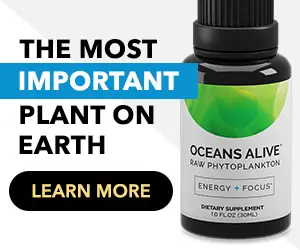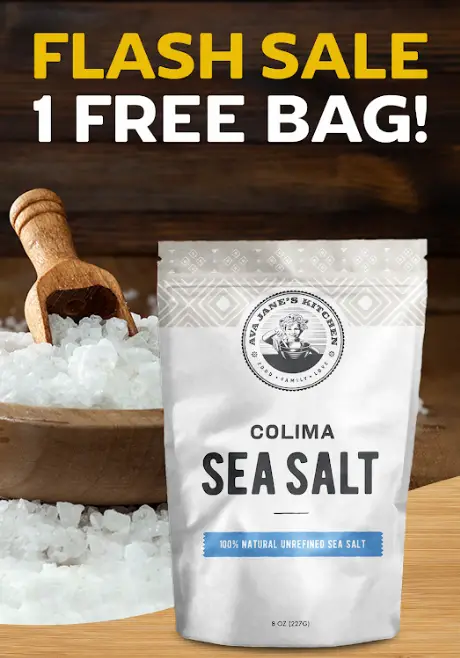
Meditation can work for pain relief even when opioid receptors are blocked, researchers say.
The prescription drug industry is especially profitable in the United States, but side effects from medications including opioid painkillers are forcing many people to look for new options to reduce or eliminate their intake.
As pain medications go, there’s an “epidemic” of opioid use and abuse according to the Centers for Disease Control and Prevention. About 100 million Americans suffering from chronic pain costing over $600 billion a year, as noted by the Institute of Medicine in this article from Medical News Today, and many of them are turning to addictive medications with dangerous side effects.
Opioid medications are essentially meant to replace something that occurs naturally inside the body: the production of opiods to counteract the pain.
But thankfully there’s a simple, no-cost way to stimulate the production of these natural opiods to block pain according to a new study published in the Journal of Neuroscience — and all it costs is a few short minutes of your time.
Meditation Helps Reduce Pain In A Whole Different Way
According to the study, meditation can be especially helpful in reducing pain because it works in ways that medications can’t —by opening up alternative pathways in the body that work even when the body’s opioid receptors are being chemically blocked.
In the new study, published in the Journal of Neuroscience, researchers from Wake Forest Baptist Medical Center in North Carolina found that mindfulness meditation can cause a significant drop in the amount of of pain that is felt in test subjects — in a way that’s far superior to those who simply took the medication.
How the Experiment Worked
Four different control groups were used during the experiment according to Medical News Today: a meditation plus naloxene group, a meditation plus saline placebo group, and non-meditation groups that took both naloxene and placebo. Naloxene is a medication that is used to block opioid receptors in patience who are battling addiction or overdoses.
After being exposed to heat on a certain part of the skin at 120.2 degrees Fahrenheit, considered “very painful,” the 78 previously pain-free subjects had expressed their level of pain which was then compared with baseline measurements.
The results are as follows:
- Meditation plus naloxene- 24% reduction in pain
- Meditation plus placebo- 21% reduction
- Subjects who did not meditate both reported an increase in pain
Meditation Opens Up Different Chemical Pathways
According to Zeidan, the findings show that even if the body is not capable of receiving painkilling chemicals through chemically blocked receptors, meditation can open up unique pathways that help to reduce pain naturally.
This is important news considering that many people have built up a tolerance to opiates, and also that painkillers are extremely dangerous. Even CNN Dr. Sanjay Gupta admits nearly 30,000 people die per year as a result of taking them per year (imagine the chaos if this were to happen with a natural supplement).
The researchers also noted that “cognitive-based” approaches like acupuncture, hypnosis, distraction and even placebos are helpful for reducing pain. And unlike potentially addictive opioid drugs, which come with a host of side effects like dizziness, nervousness, diarrhea, stomach pain, shortness of breath and more, these approaches are far safer.
Meditation is a Powerful, Free Medicine
Meditation is so simple and easy to do that most people mistakenly think it’s not powerful, but time and time again, research has proven that notion to be false.

Tibetan bowls are an especially powerful meditation aid, but simply sitting on a chair in silence can also work wonders.
Simply practicing meditation for 10-20 minutes a day has been shown to reduce anxiety, stress, and even brain aging while increasing blood flow and activity in the brain. A recent Harvard study also showed that it can actually create a physically bigger brain in a matter of weeks.
The practice of meditation can involve specific mantras for healing certain areas of your life, and can involve different tools such as natural incense sticks, therapeutic grade essential oils, or even the beautiful and soothing Tibetan Bowls, but the most important thing to remember while meditating is to avoid “directing” your thought and to simply submit yourself to whatever you’re feeling at the moment without making self-judgments.
It’s also important to note that many activities, from chopping vegetables to playing a musical instrument to going for a walk in nature, can produce similar results. The key is to relax, breathe, and enjoy the moment.
As an old Zen saying goes, “you should meditate for 20 minutes a day, unless you’re too busy; then you should sit for an hour.” Now, research is simply confirming what countless monks, priests, philosophers, and of course everyday people, have known for centuries.
Thanks for installing the Bottom of every post plugin by Corey Salzano. Contact me if you need custom WordPress plugins or website design.











